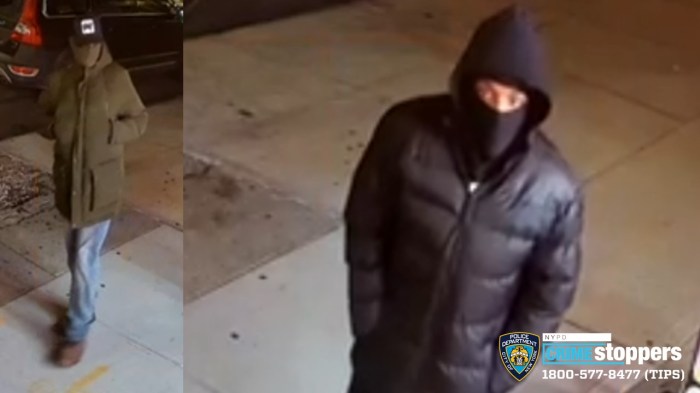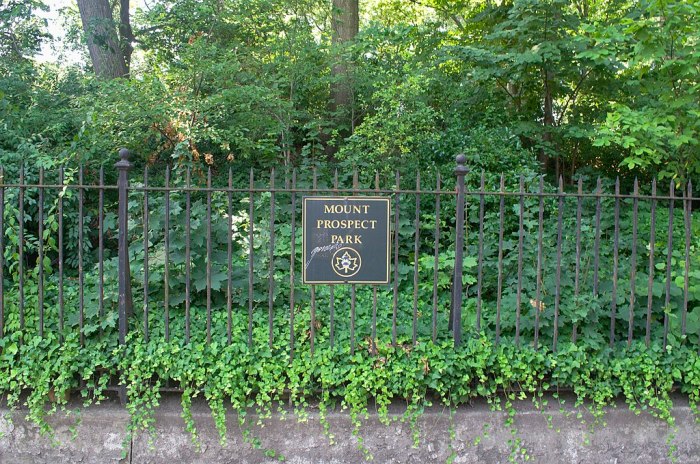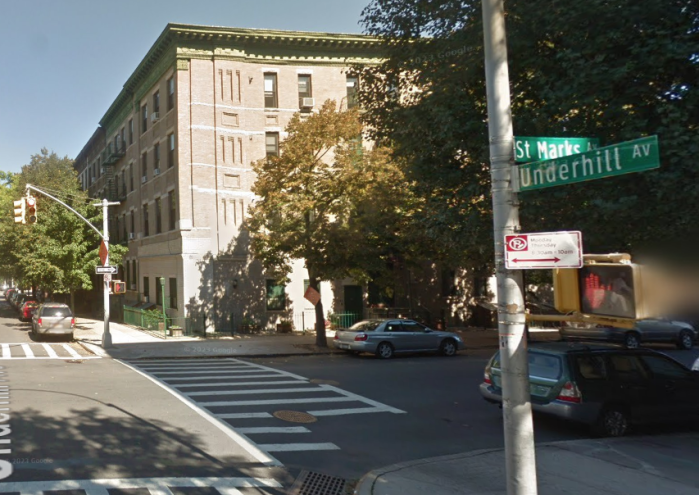Check out Brooklyn’s least-known refugees.
A new exhibit at several branches of the Brooklyn Public Library highlights the little-known, World War II–era migration of Jewish people from Europe to Shanghai to the Borough of Kings. “Jewish Refugees in Shanghai” — now on view at the Central Library, and opening at the Kensington branch on April 20 — illuminates an overlooked part of the past and draws parallels to our treatment of refugees today, according to one organizer.
“We want to explore the history to see how much we can learn from it, and how much use it can have in our current reality,” said Bay Ridgite Frank Xu, who manages the library’s languages and literature division. “The theme is ‘What should people do when another nationality is on the verge of collapse?’ ”
The exhibit uses text and photos to tell the story of more than 20,000 Jewish people who fled to the Chinese city — one of the few places they could travel to without a visa — in the 1930s and 40s to escape the Nazi regime, and the smaller group of about 150 people who arrived in Brooklyn after the war ended in 1945.
Part of the display focuses on the ancestors of current-day Flatbush resident Benson Chanowitz, whose father, two uncles, and aunt escaped modern-day Belarus for Shanghai around 1940. The group stayed there for about four years, Chanowitz told this paper.
The Jewish and Chinese residents of Shanghai mostly peacefully co-existed, but the Japanese authorities that occupied the city forced the Jews to live together in a ghetto, leading them to count down the days until they could build better lives elsewhere, according to Chanowitz.
“Their focus there was surviving during the war, and then getting papers,” he said. “They never had any intention of resettling there.”
Chanowitz’s ancestors — all teenagers and young adults at the time — spent their years in Shanghai studying at a yeshiva with other Jews from their homeland, he said, and moved to Kings County with a group of fellow students.
“They were looking to congregate with their own people — they wanted to go to a neighborhood where there’s synagogues and kosher food available,” he said. “They saw that there were already established areas in Brooklyn, and that’s where they went.”
The refugees dispersed throughout various Kings County neighborhoods once they arrived — including Borough Park, Kensington, Williamsburg, Midwood, and Sheepshead Bay — but their experiences bonded them for life, Chanowtiz said.
“They didn’t necessarily have nametags saying, ‘I was in Shanghai,’ ” he said. “But there was always a camaraderie with anybody my father would introduce me to who he was in Shanghai with.” The exhibit will be enhanced by special events, including a screening of the documentary “Survival in Shanghai,” at the Central branch on April 20 at 4 pm, and a discussion and screening of another documentary, “Ark Shanghai,” at the Kensington branch on May 2 at 5:30 pm. And at the Central branch on April 16 at 5 pm, Xu will talk with survivor Lisa Brandwein about her experience growing up as a Jewish refugee in Shanghai 80 years ago.
“Jewish Refugees in Shanghai” exhibit at Brooklyn Public Library (Central Library, 10 Grand Army Plaza at Eastern Parkway in Prospect Lefferts Gardens; Kensington Library, 4207 18th Ave. between Seton Place and Ocean Parkway in, www.bklyn























